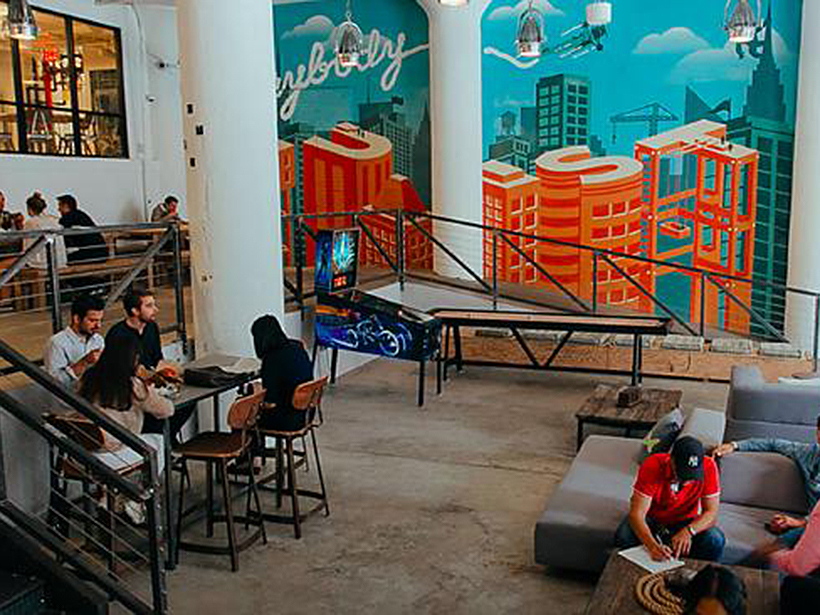‘Set aside co-working space or else’, expert warns

Landlords should set aside 20% of their buildings to make way for co-working spaces as businesses move away from traditional offices, an industry expert says.
Herron Todd White’s director of valuations Jason Stevens says office owners will need to be more flexible in the future and is calling for landlords to dedicate up to a fifth of floor space to the growing trend.
It comes as co-working spaces continue to pop up across the country, with operators now based in most major Australian cities.
Commercial Insights: Subscribe to receive the latest news and updates
“Larger landlords will need to consider setting aside a portion of their building for coworking or risk losing tenants to those that do and that could be up to 20 per cent of net lettable area,” Stevens says.
Ultimately their building values may face potential negative growth should they fail to keep up with a trend that has seen massive growth in the US
“On the positive side, landlords who do commit space to co-working may find it presents them with a tenancy insurance policy, of sorts, where any vacancy in the remainder of the building may be filled by business growth within the co-working component.”
Landlords operating in tight markets including Melbourne and Sydney may feel a sense of security with traditional leasing arrangements, warns Stevens.
“But ultimately their building values may face potential negative growth should they fail to keep up with a trend that has seen massive growth in the US.”

The WeWork co-working offices in London.
The number of shared offices in Australia grew by a staggering 297% between 2013 and 2017, according to a 2017 study by real estate agency Frank Knight.
Melbourne has the largest concentration, followed by Sydney, and operators are expanding into Adelaide, Brisbane and other smaller cities across the country.
Overseas investors — mainly from China — are also preparing to move into the Australian sector, which could lead to further pressure on traditional landlords.
But Stevens says operators who focus solely on co-working spaces are still facing significant challenges.
One of the United States’ biggest co-working companies WeWork recently posted a $934 million loss, despite revenue doubling to $822 million for the year.
“There are obviously still some questions that have put the co-working model under the microscope, as they should, but there is no doubt that the trend to co-working in Australia is well underway, that it could offer some real positives in terms of maintaining full tenancy, looks likely to continue to forge lasting change in the way the leasing process operates,” he says.







